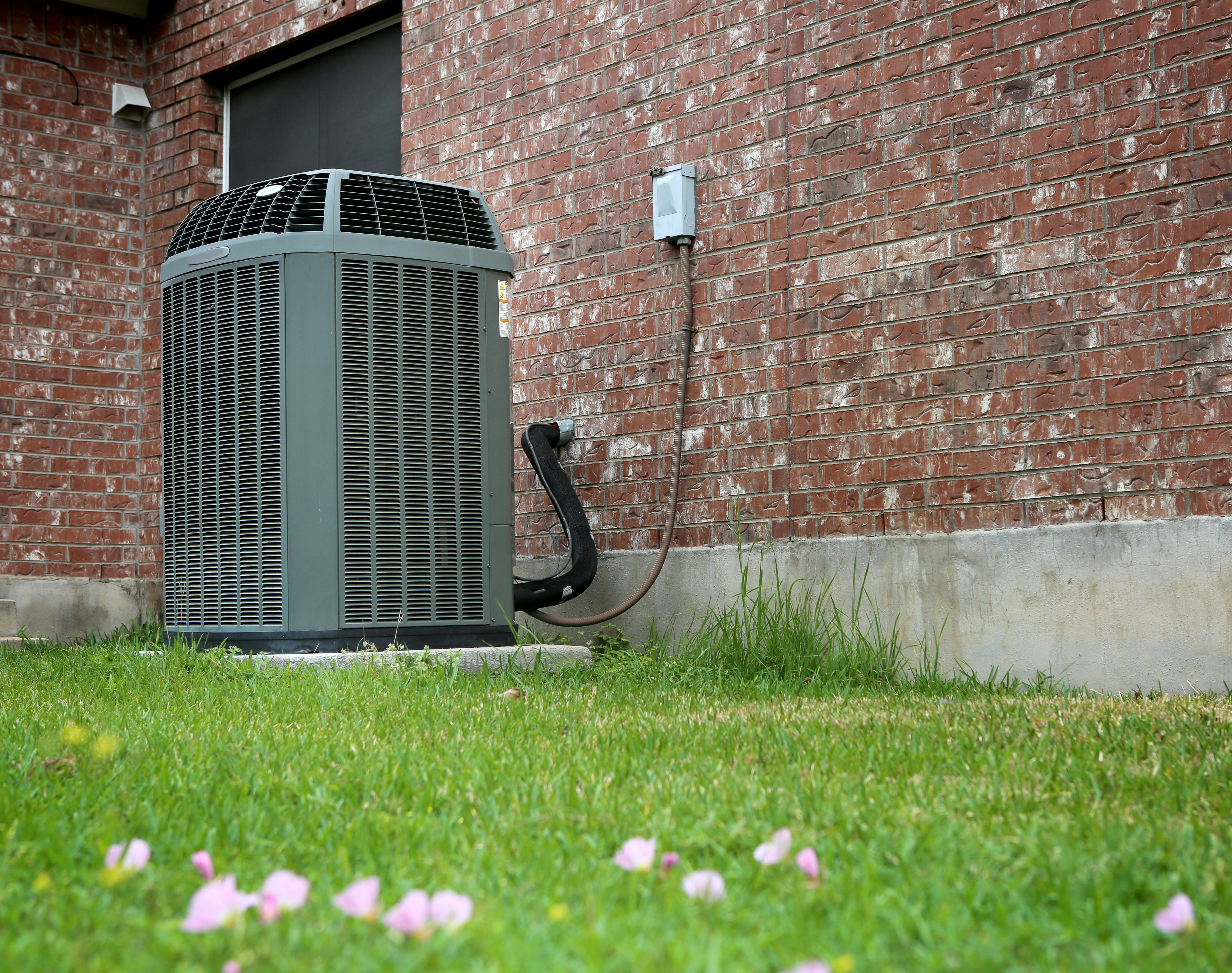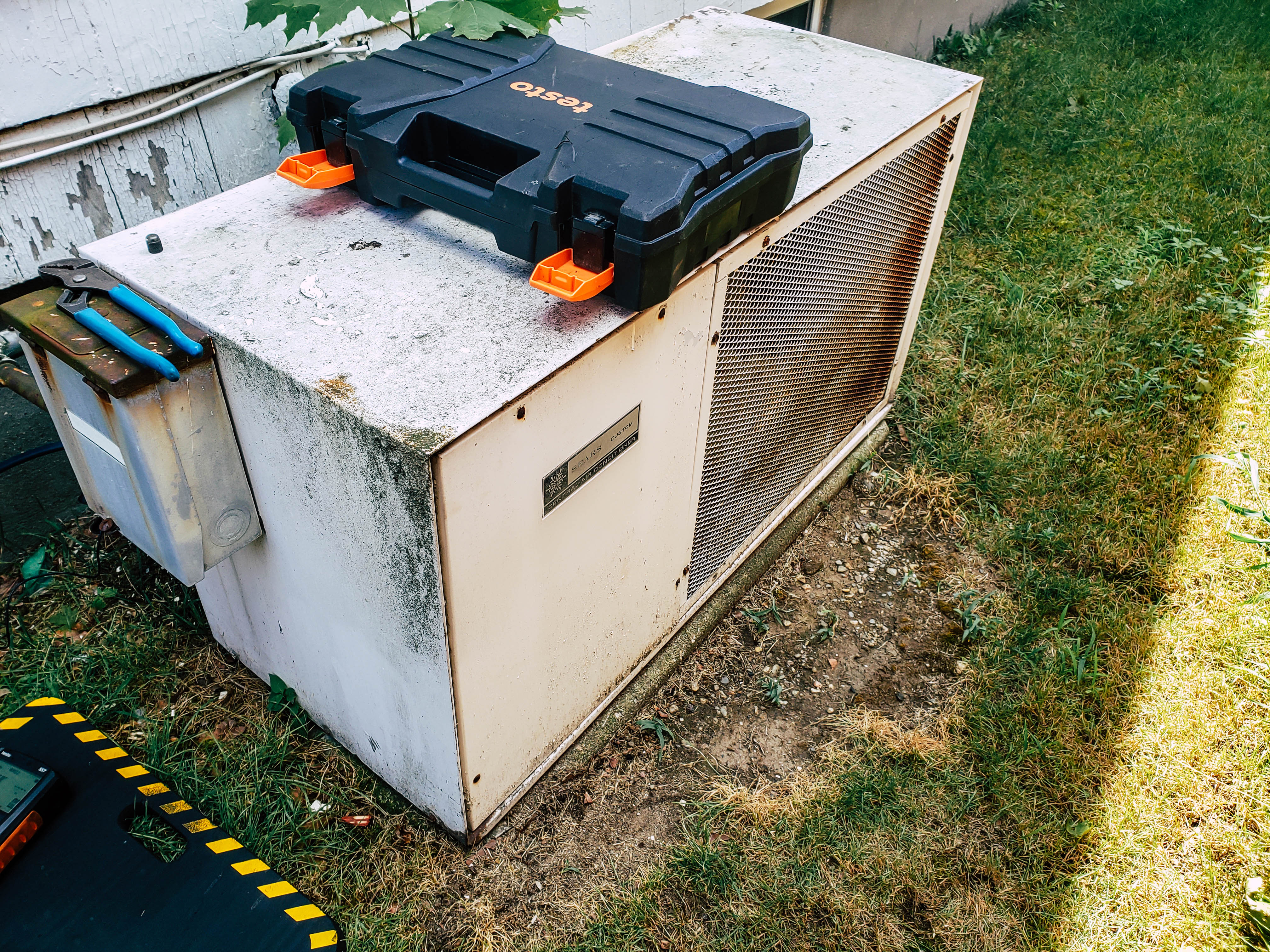Charles didn’t think he could get out of bed, his head pounding. Tired, dizzy and nauseated he just knew he had the flu. He almost died that day. The ambulance made it there in time and his life was spared. But a simple carbon monoxide (CO) alarm could have prevented Charles’ near death experience. Before reaching for one’s favorite pain reliever one should know the symptoms they are experiencing may not be a virus, but something much more life-threatening as symptoms of carbon monoxide poisoning often mimic the flu.
“One sure way to know is to go outside,” said Chris Rovenstine, vice president of marketing for Kidde, a leading producer of smoke alarms and CO detectors. “Some carbon monoxide survivors have told us they thought they had the flu but felt considerably better when they left the house. We all know that doesn’t happen with the flu.”
According to the Centers for Disease Control and Prevention, statistically, carbon monoxide poisoning is the leading cause of accidental poisoning deaths in America. People don’t know they’re being poisoned. It was written that a one-month, retroactive study by the Emergency Response and Research Institute revealed that nearly one-quarter of patients seeking treatment for flu-like symptoms actually had carbon monoxide poisoning.
Amanda’s Law stemmed from a young New York teenager’s untimely death due to a faulty boiler system in a friend’s house. After Amanada Hansen’s death, Amanda’s Law has swept across the nation requiring CO alarms installed in every home. The only safe way to detect CO is with a carbon monoxide alarm, yet 73 percent of U. S. homes are yet to have one. With no alarm to detect the poisonous gas, at high concentration levels CO can cause loss of consciousness and death. People who are sleeping or intoxicated can die before ever experiencing symptoms.
“There are some very simple steps to avoid carbon monoxide exposure,” said Ken Justo, co-owner of ASI Hastings Heating, Air & Solar. “Fuel-burning fireplaces, gas heaters, and furnaces all emit lethal carbon monoxide if not properly ventilated. Having a furnace tune-up and safety check each winter season is inexpensive and necessary, the same for fireplace chimneys which should be cleaned and checked each year. Also, never use a gas stove or oven as a heating source. Never use a gas grill or gas-powered generator inside a closed garage and never warm up a car inside of an attached garage as fumes are capable of seeping into the home. Above all, install carbon monoxide alarms in the home, one near the kitchen, one near the bedrooms. It is so simple and can save a loved one’s life.”
Don’t hesitate to call ASI, The White Glove Guys, for concerns you may have on this subject. ASI Hastings, a trusted name for 60 years in the greater San Diego community, can be reached at 1 (619) 350-3205.






